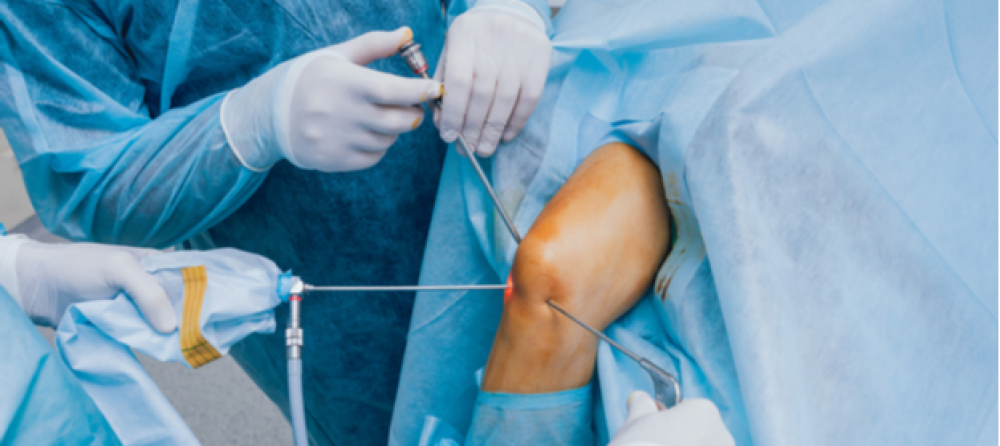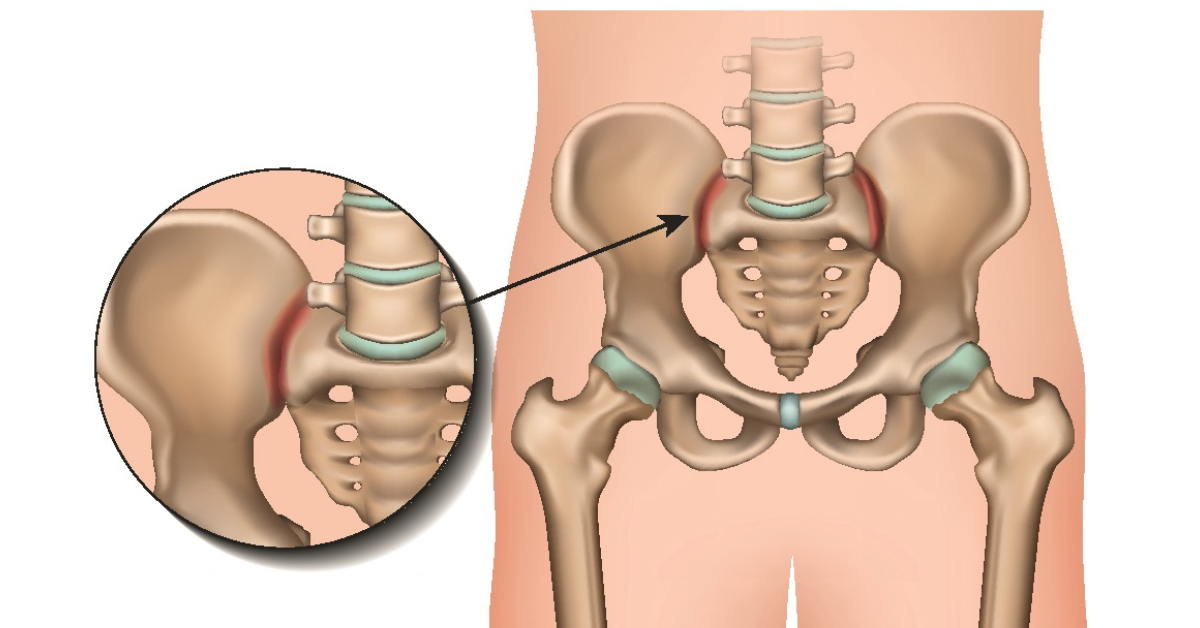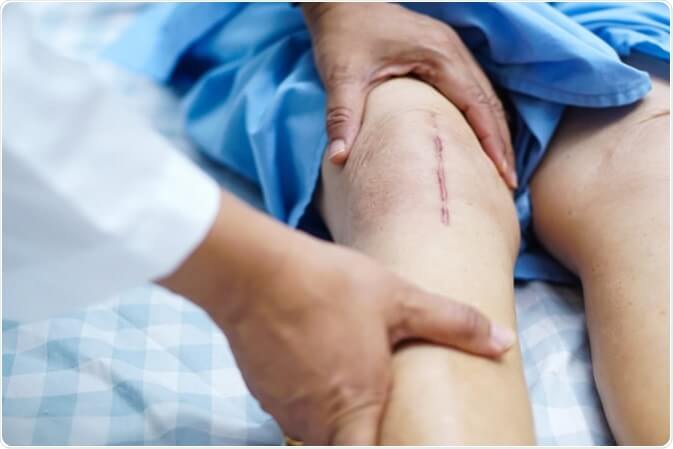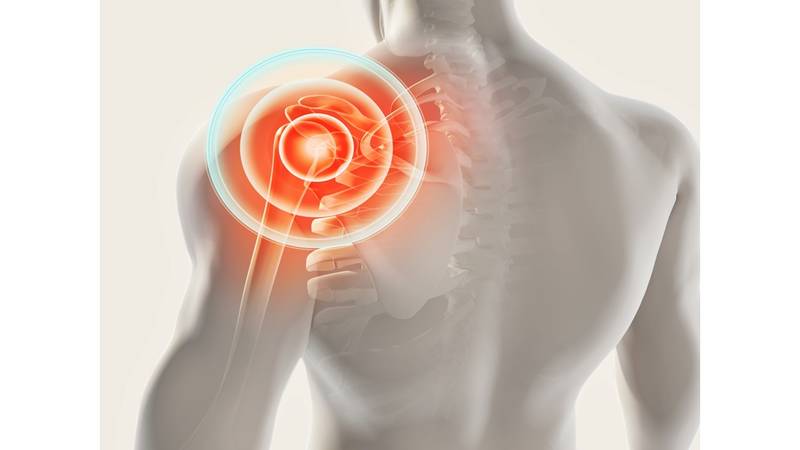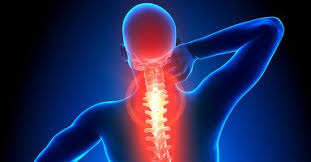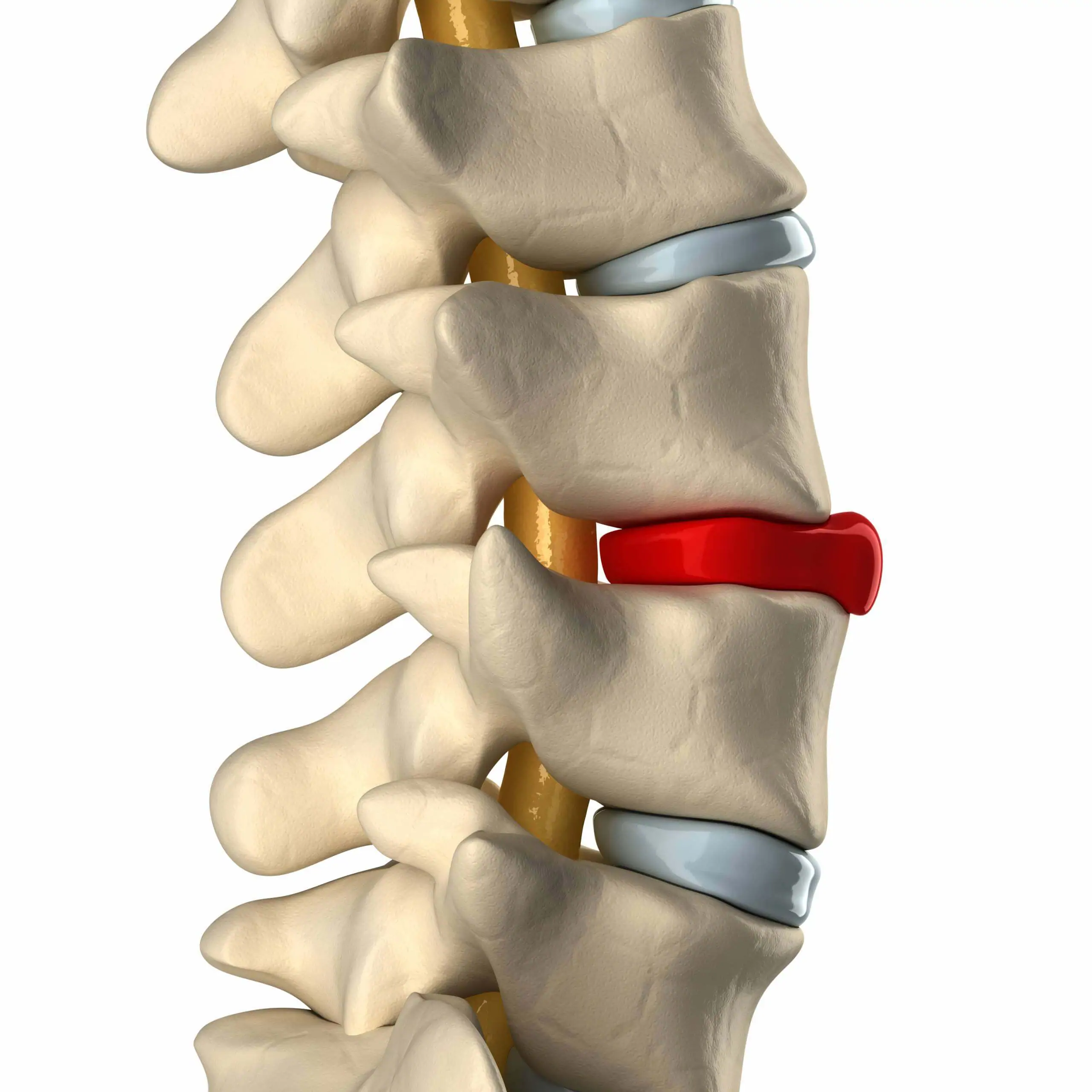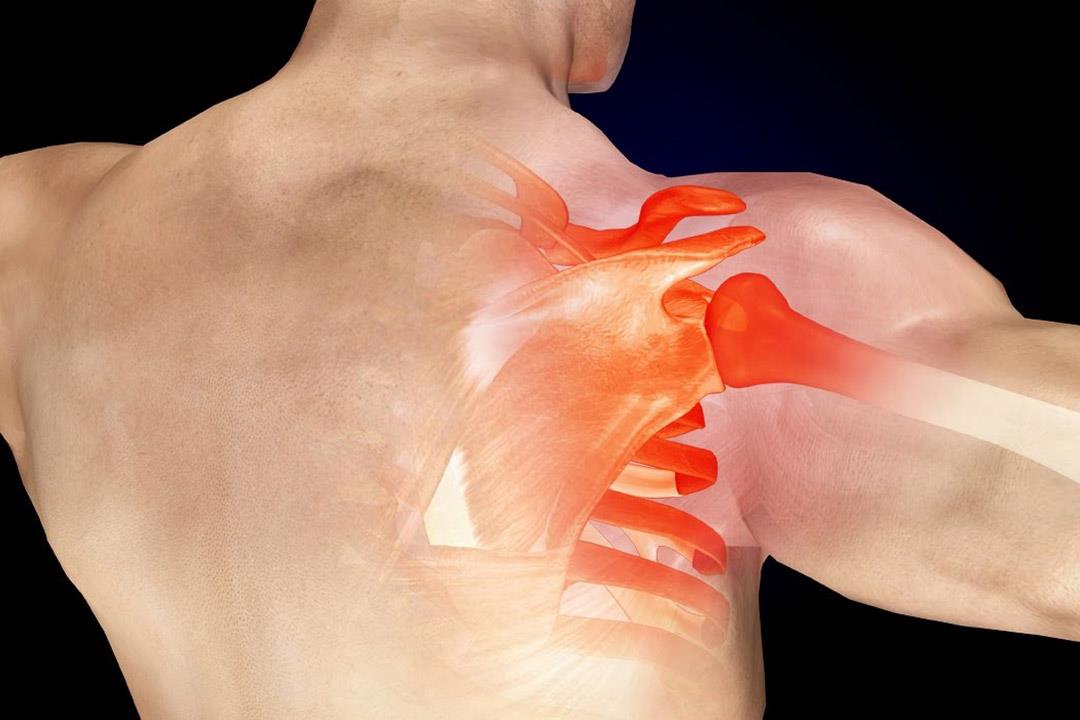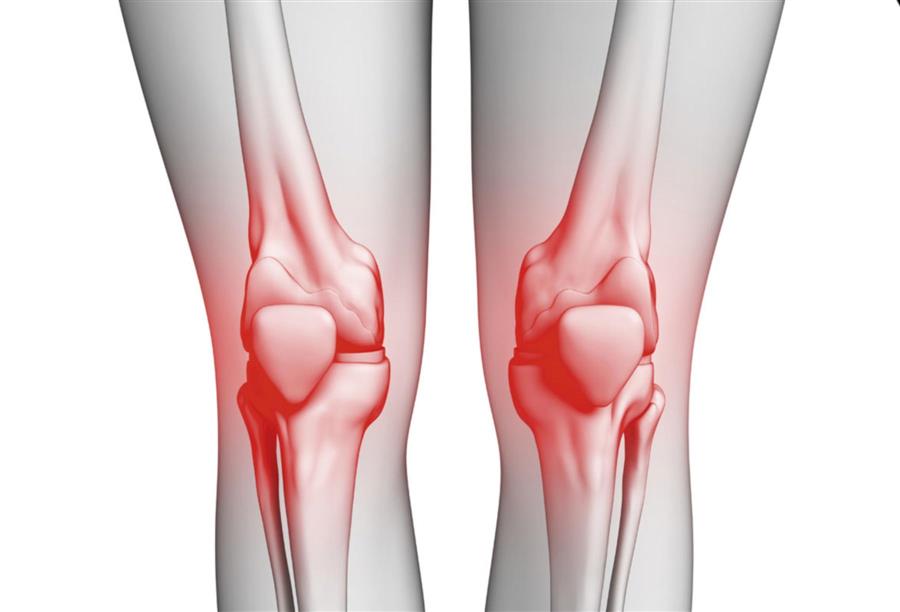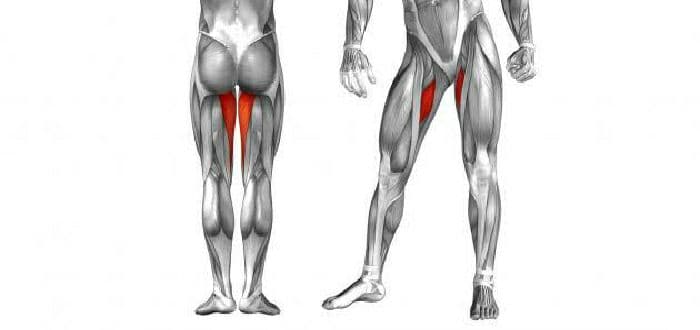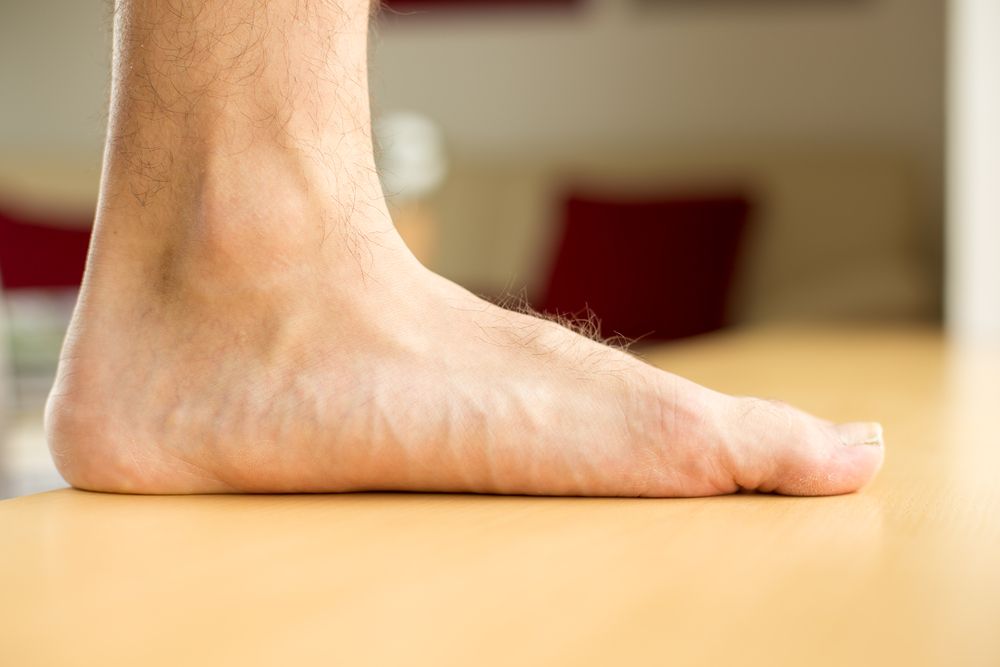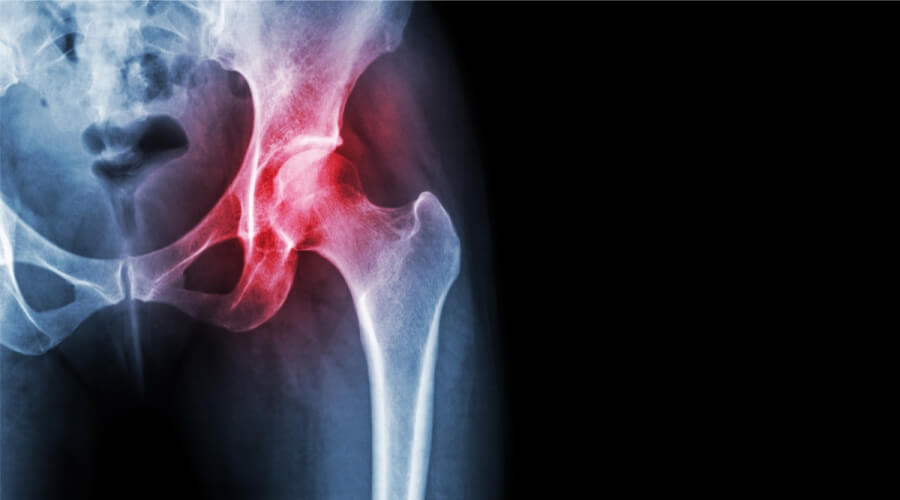Learn about the cost of minimally invasive cervical disc surgery and the most important risks it carries!
The cost of minimally invasive cervical disc surgery, one of the most widely performed procedures among many patients, is a topic of concern. It offers many advantages, and one of the primary questions patients have is the total financial cost of this procedure and whether it aligns with their budget or not. Therefore, we will answer all your questions and shed light on the process of performing this surgery and the associated risks.

The Cost of Minimally Invasive Cervical Disc Surgery
“We are committed to providing personalized care and paying attention to small details to ensure the best results in disc surgeries at Dr. Amr Amal’s clinic.”
Minimally invasive cervical disc surgery is performed to relieve the pain experienced by the patient and improve their condition. This procedure involves inserting a small and flexible instrument under the skin through small incisions in the back. Through this instrument, a portion of the damaged disc is safely and precisely removed.
The cost of minimally invasive cervical disc surgery varies depending on the degree of disc herniation the patient has, the number of affected vertebrae, the level of the hospital where the patient undergoes the procedure, and the quality of medical care provided.
In general, the cost of minimally invasive cervical disc surgery ranges from 20,000 to 70,000 Egyptian pounds, and this can vary depending on the surgeon performing the procedure, their experience, years of expertise, and the patient’s condition.
When Does the Doctor Opt for Surgery in the Case of Disc Herniation?
The doctor resorts to performing disc herniation surgery when the patient does not respond to other treatment methods that have been applied, and the pain persists. Additionally, the patient may experience significant difficulty standing or walking due to the pressure on the nerves. If the pain starts to spread throughout the body, reaching the arms or legs to the point where the patient cannot bear it, or if neurological symptoms such as numbness or tingling in the extremities appear and are intolerable to touch, then surgical intervention becomes the optimal solution to relieve the patient’s pain and alleviate the challenging condition they are facing.
Disc Herniation
Disc herniation is a medical condition that occurs when a part of the disc located between the vertebrae of the spinal column slips out of place. This disc plays a significant role in protecting the spinal cord fluid by absorbing shocks, acting like a flexible cushion between the vertebrae. Herniation often occurs due to excessive pressure or stress, resulting in wear and tear or tearing of the disc. This displacement can lead to compression of the nerves and surrounding tissues.
Causes of Disc Herniation
There are several factors that increase the likelihood of developing disc herniation, including:
- Some genetic factors.
- Excessive body weight and obesity.
- Improperly lifting heavy objects.
- Prolonged periods of sitting or standing without changing body position or taking breaks.
- Developing degenerative arthritis in the spinal column.
- Aging, which makes the discs less flexible than before, reducing their ability to absorb shocks and making the patient more susceptible to disc herniation.
- Direct and severe injury to the spinal column, such as car accidents or engaging in violent and strenuous sports.

Symptoms of Disc Herniation
Here are some signs that appear in patients and indicate disc herniation:
- Feeling sharp and severe pain in the neck, back, hips, or limbs.
- Weakness in the arm and leg muscles.
- Increased pain during prolonged sitting or sudden movements.
- Feeling numbness and tingling in the upper or lower extremities.
- Difficulty in performing some normal activities and movements.
- In advanced cases, the patient may lose control of bowel or bladder movements, suffering from urinary or fecal incontinence.
For more information on recognizing disc herniation in patients, we recommend reading the following article.
Steps of Minimally Invasive Disc Surgery
One of the methods used to treat disc herniation is minimally invasive surgery. The doctor discusses with the patient how the procedure is performed, its main advantages and disadvantages, and the resulting effects. The procedure is carried out by following these steps:
- The patient enters the hospital well in advance to prepare for the surgical procedure.
- The anesthesiologist selects the type of anesthesia that suits the patient’s condition based on the extent of disc damage.
- Then, the doctor creates several small incisions, about 3 millimeters in size, to insert the endoscope. The endoscope is a tube with a camera and a small light source.
- The endoscope displays a complete image of the disc and the damage it has suffered through the camera, which shows the extent of the injury.
- The repair or surgery specific to the disc is then performed using the endoscope, which is easier and faster than traditional surgeries.
- Afterward, the surgeon closes the incisions and places medical dressings on them, and the patient returns to the recovery room.
- The procedure does not take much time, and the patient can often leave on the same day of the operation.
How Long Does Minimally Invasive Disc Herniation Surgery Take?
“Enjoy peace of mind and pain relief with modern minimally invasive disc herniation surgery used in our treatments at Dr. Amr Amal’s clinic.”
Minimally invasive disc herniation surgery does not take a lot of time, typically ranging from one to two hours. During this procedure, the doctor removes the damaged portion of the disc herniation in the spine, allowing the patient to alleviate pain, numbness, and tingling caused by the pressure of the affected disc on nearby nerves.
What Are the Risks of Disc Herniation Surgery?
Disc herniation surgery is generally considered a safe procedure, with the rare occurrence of major risks or significant damage. However, like any surgical procedure, there are potential complications, including:
- Infection requiring antibiotic treatment.
- Bleeding.
- Allergic reactions to anesthesia, leading to breathing difficulties.
- Leakage of cerebrospinal fluid.
- The possibility of damaging nerves or the spinal cord during the surgery.
- Injury to adjacent discs.
- Failure to relieve the patient’s pain, with the potential for recurring pain over time.
If you would like to learn more about whether disc herniation surgery is dangerous or not, you can click here.

Tips for Preventing Disc Herniation Complications
Dr. Amr Amal, a consultant in orthopedic and joint surgery at Ain Shams University, offers some tips and guidelines to help you prevent the risks of disc herniation. These preventive measures are part of conservative treatment options and include:
- Avoiding stress and psychological tension as much as possible, as they have a significant impact on body muscles and can lead to spasms, increasing the risk of disc herniation.
- Avoiding strenuous work that requires heavy lifting or prolonged bending.
- Maintaining a healthy and ideal weight to reduce pressure on the back and minimize the risk of disc herniation.
- Engaging in light physical exercises suitable for your age to strengthen the muscles of the back and abdomen, protecting the spinal vertebrae and improving their stability.
- Paying attention to avoiding prolonged sitting without movement. It’s essential to move and change your body position regularly. Additionally, sleeping on one of your sides is considered the best sleeping position for spine health.
Please note that these tips are meant to reduce the risk of disc herniation complications and should be followed as part of a comprehensive preventive strategy.
Success Rate of Minimally Invasive Disc Herniation Surgery
Minimally invasive disc herniation surgery is known for its very high success rate. It helps patients recover faster compared to traditional surgeries. Performing the procedure using minimally invasive techniques allows the patient to experience significant improvement and reduces the pain in the affected area. The success rate typically ranges between 80% to 100%. However, the success rate can be influenced by the patient’s condition and the skill of the surgeon. For more details on the minimally invasive disc herniation surgery procedure, you can refer to this article.
Recovery Period After Minimally Invasive Disc Herniation Surgery
The duration required for a patient to fully recover from minimally invasive disc herniation surgery varies depending on several factors. These factors include the location and size of the herniation, the patient’s overall health, and their adherence to post-operative medical instructions.
In general, patients may need anywhere from two weeks to six weeks for a complete recovery after the surgery. Some patients may be able to return to their normal activities and work sooner, within a shorter timeframe. Nevertheless, patients are advised to avoid strenuous activities or vigorous sports after the surgery to ensure a complete and faster recovery.
Is Walking Beneficial After Disc Herniation Surgery?
Orthopedic doctors often recommend that patients engage in certain physical activities after disc herniation surgery. These activities may include swimming, cycling, yoga, stretching, and walking. These exercises have a significant positive impact on improving the patient’s overall condition. They help strengthen muscles, increase the body’s resistance, and encourage muscles to work better, reducing the load and pressure on the spine.
How Long Does Pain Last After Minimally Invasive Disc Herniation Surgery?
“Prepare to regain your vitality and activity with disc herniation procedures that help reduce pain and improve joint function in collaboration with Dr. Amr Amal’s team.”
After minimally invasive disc herniation surgery, patients typically experience continuous pain for about a month. The pain gradually decreases over time, and symptoms like numbness or tingling disappear, which is entirely normal. However, if the pain persists with the same intensity, it is essential for the patient to undergo an MRI scan with contrast and consult a neurosurgeon. The patient may also need physical therapy sessions after two months post-surgery.
Signs of Recovery from Disc Herniation
There are several signs indicating a successful disc herniation surgery and that the patient is overcoming their pain. These signs are highly positive indicators of recovery and full healing:
- The patient feels a reduction in pain when transitioning from a bent position to standing upright.
- Pain gradually decreases upon waking up, starting intense in the morning and then significantly improving by the time of awakening.
- There are periods during the day when the patient does not experience pain, even if it’s just for a short duration, such as ten minutes. This applies to all types of pain, whether it’s numbness in the limbs or pain in the thigh, back, or leg.
- Pain diminishes while walking because sitting in one position for an extended period tends to remove the pain upon movement.
- The use of different sleeping positions, such as placing a pillow under the lower back and waist to maintain body alignment along a straight line.
Booking an Appointment with a Leading Disc Herniation Surgeon in Egypt
If you’re seeking the best results for resolving disc herniation issues, we recommend Dr. Amr Amal, one of the top orthopedic surgeons in Egypt, specializing in disc herniation surgeries. Dr. Amr possesses years of experience and expertise in performing disc herniation surgeries and is dedicated to achieving the best outcomes for patients, relieving their pain, and following a treatment plan tailored to their condition.
Dr. Amr Amal is committed to using the latest techniques and modern equipment for minimally invasive disc herniation surgery. You can now book an appointment with Dr. Amr by directly contacting him through his website. Alternatively, you can use platforms like “Vizita” or “Clindo,” which offer easy and efficient appointment booking, saving you time and effort.

